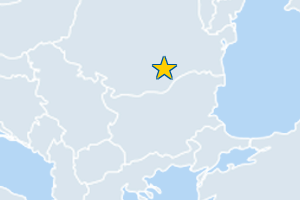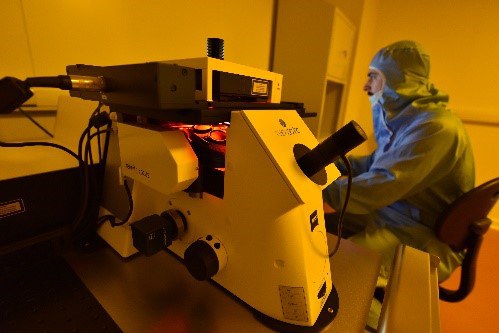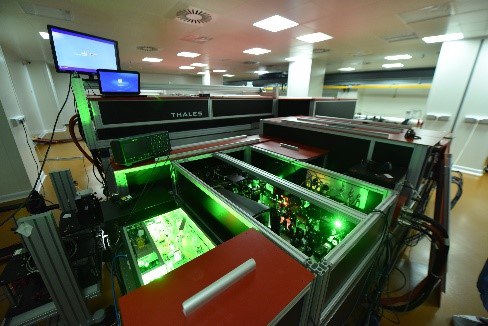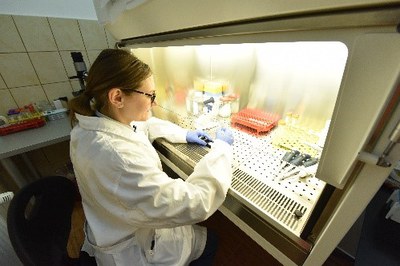INFLPR (Bucharest, Romania)
Research highlights
INFLPR
National Institute for Laser, Plasma and
Radiation Physics, Bucharest, Romania

Contact:
Dr. Marian Zamfirescu Head of CETAL Dept
Dr. Felix Sima Secretary of Science
High energy physics
In the last years, INFLPR has developed capacities for innovation and industrial exploitation enabling the advance of the new technologies in the fields of
- Laser spark plugs for fossil fuel efficient combustion in collaboration with Renault Technologie Roumanie
- Combined Magnetron Sputtering and Ion Implantation for tungsten coating of carbon based materials for the first wall in the nuclear fusion devices in collaboration with JET (Joint European Torus) Culham, AUG (Asdex Upgrade Tokamak) Garching and KStar (Korea Superconducting Tokamak Advanced Research)
- X-ray tomography analysis of superconducting cables for a new generation of accelerators in collaboration with CERN.
Laser assisted additive manufacturing is now one of the hot topic developed at INFLPR for the industrial applications. SMEs and medium size companies have been involved in this technology transfer for specific applications under regional projects.

At INFLPR new research infrastructures are now operational:
- CETAL – a technological center covering applications for ultra-intense laser interaction with solid and gaseous targets in TW an PW regime (CETAL-PW), laser material processing for macro- to micro and nano-fabrication (CETAL-LaMP), biophotonics and photonic based characterizations with sources and detectors from UV to THz (CETAL-PhIL).
- Electron accelerator facility and X-Ray tomography laboratory for material irradiations and advanced characterizations.This infrastructure is accessible for users from any research institute and industrial entities at national an EU level.
As promoter of the Extreme Light Infrastructure project in Romania, INFLPR and CETAL conducted an intense collaboration with partners from other institutes and ELI-NP in the research fields defined by the ELI-NP Whitebook: laser-plasma driven acceleration, laser targets, and interaction of laser generated radiation with materials and bio-materials.
Expertise

The institute employs about 500 researchers and administrative staff to conduct frontier research ranging from basic photonic materials and high power lasers, nanomaterials and nanotechnologies, quantum dots and information technologies, plasma physics and X-ray microtomography to industrial photonics, biophotonics, plasma coatings and space science. In 2014 the newest department, Center for Advanced Laser Technologies (CETAL) was commissioned.
CETAL consists of three laboratories with specific activities.
The research activity of the CETAL-PW laboratory is focused on the interaction of ultra-short high-intensity lasers with matter and its applications: plasma physics and diagnostics, production of sources of energetic particles and radiation and their applications in different scientific fields (medicine, chemistry, space science).

Laser Materials Processing Laboratory (CETAL-LaMP) supports fundamental research and industrial applications in the field of laser materials processing. The R&D focuses on laser processing of various materials (polymers, glasses, ceramics, metals, composites) at macro-, micro- and nanometer scale.
The research results emerge in cutting edge technologies for the industrial sector.
Photonic Investigations Laboratory (CETAL-PhIL) is focusing on application and development of optical characterization techniques to the study of solid-state and biological phenomena at micro- and nanoscale. New technologies are applied and developed for material characterization, optical interrogation and study of phenomena at cellular level.
INFLPR is currently member of the EURATOM association, partner in the Extreme Light Infrastructure (ELI), partner in LASERLAB-EUROPE, ALICE, and leader in many projects funded by the EU, NATO, and other international organisations.

